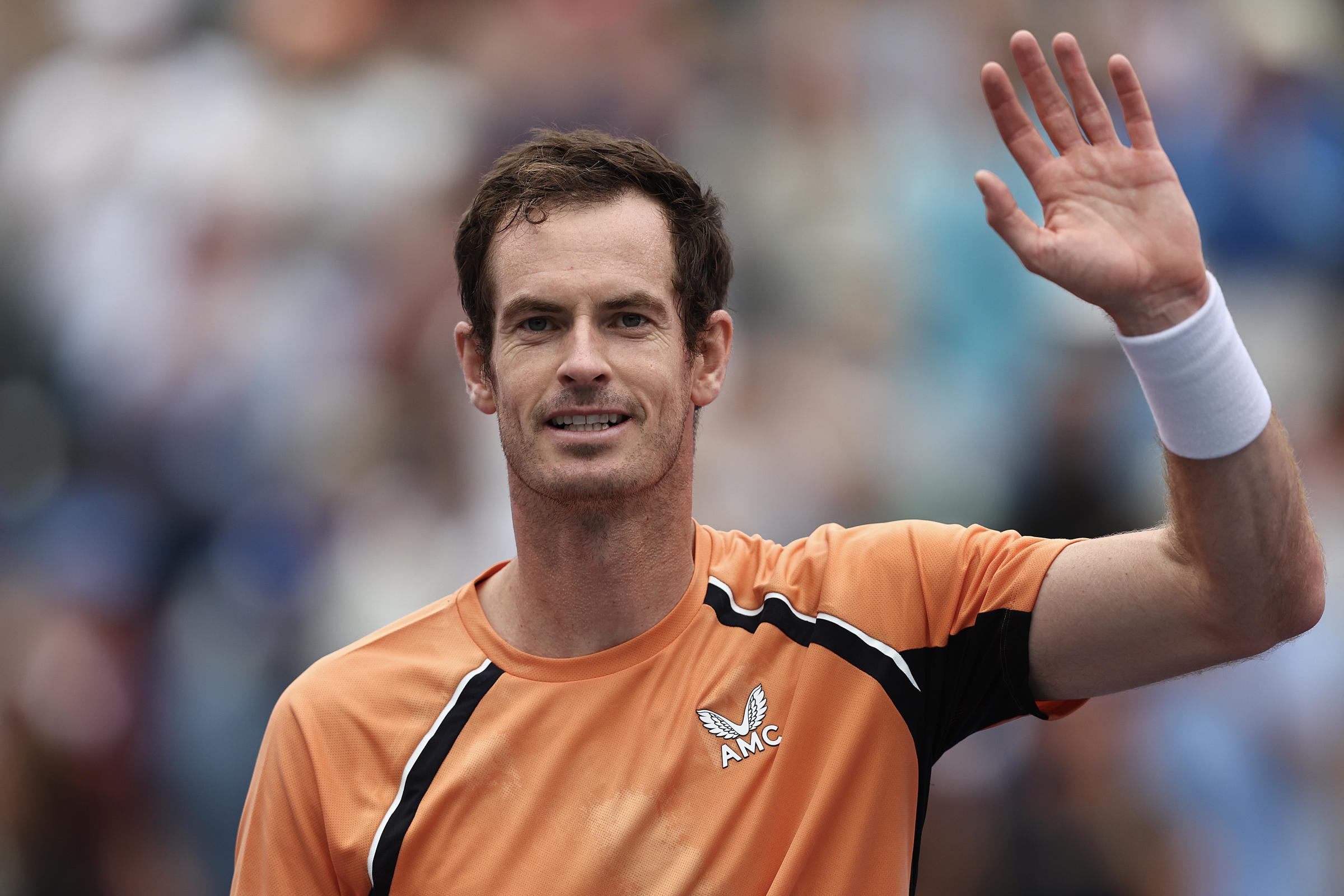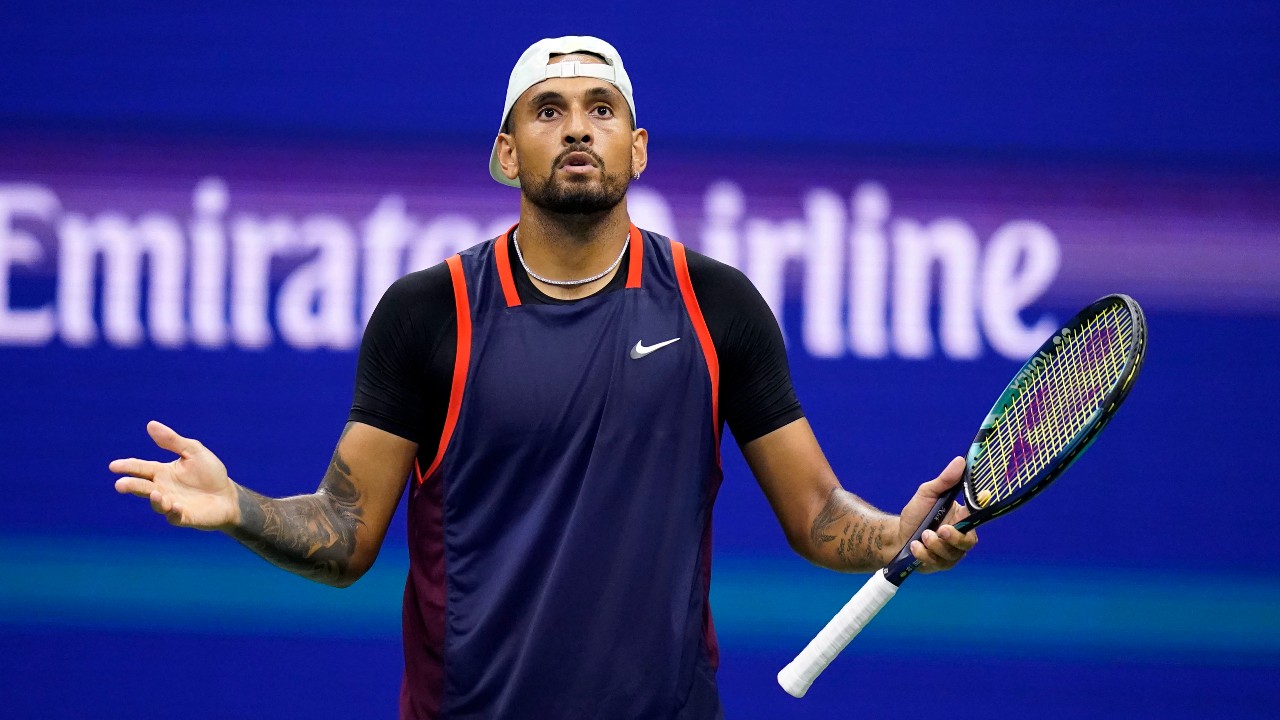What Andy Murray Meant to Tennis—As a Fighter on Court and a Pioneer Off It

What Andy Murray Meant to Tennis—As a Fighter on Court and a Pioneer Off It
The thought of Andy Murray winding up his career this week at the Paris Olympics has taken me back to the moment when he began it, as a skinny, seething 18-year-old at Wimbledon, in the distant year of 2005.
I was at the All England Club for that fortnight, and felt the thrill of Murray’s debut as he took hold of the grounds, and took over the fevered front pages of the London newspapers. Just as it was becoming clear that the longtime British hope, Gentleman Tim Henman, was never going to give the home folks a Wimbledon title, here came his rougher-around-the-edges and somewhat unlikely-looking successor.
He was a raw, pale, red-haired teenager from Scotland who didn’t seem especially athletic as he hobbled across the court between points. But once those points began, you could see that there was something special in his swing, some magic in his wand. In the early days, Murray played a more varied, cagey, instinctive, feel-based game than he would during his practical-minded prime. Jimmy Connors, commentating at Wimbledon that year, said he had tennis in his DNA, and that “the sky’s the limit.” Roger Federer, after facing Murray for the first time a few months later, said the same thing.
But it wasn’t just Murray’s precocious way with a racquet that made him a must-watch at that first Wimbledon. It was also the pugnacity that simmered just below the surface at all times, and regularly flared up in the heat of battle. When he lost to David Nalbandian in five sets in the third round, Murray walked to the sideline and began kicking at his racquet bag in a blind rage. It was awkward in the moment—the crowd was silent—but it also showed that he had the street-fighter’s edge that Our Tim the Englishman lacked. Murray owned the skills to win Wimbledon, and he was going to do whatever it took to make it happen.
All of which means it’s fitting that Murray is ending his career while representing his country. From his debut on, he took it on his shoulders to bring the Wimbledon men’s singles title back to Great Britain for the first time since Fred Perry won it in 1938. That quest took eight years, and never looked destined to happen until the moment it did.
Playing in an era with three GOATs named Federer, Djokovic, and Nadal, Murray suffered countless agonizing losses to them in the later rounds of majors. But, focused and conscientious about what he wanted to achieve, he persevered. He beefed up his body and powered up his serve and forehand. He traded his early, all-court creativity for a fortress-like baseline consistency. He hired a tough taskmaster in Ivan Lendl, who had also famously never won Wimbledon.
The first breakthrough came, also fittingly, at the 2012 London Games, when Murray overwhelmed Federer in three quick sets for the gold medal on Centre Court. A month later, he beat Djokovic in five sets for his first Slam, at the US Open. The following summer, he reached the “pinnacle of the sport,” as he called it, when he beat Djokovic again in the Wimbledon final, and ended the 77-year men’s-title drought. His face was planted across every tabloid in town the next morning. According to the headline writers, he had either found the Holy Grail or climbed the sports version of Mt. Everest.
Murray would have been immortal had he stopped there. But he kept going, and kept finding ways to fend off the Big 3 just long enough to achieve another longstanding goal, for himself and his nation. In 2015, he almost singlehandedly brought the Davis Cup back to Great Britain for the first time since 1936. In 2016, he won Wimbledon again, repeated at the Olympics, and became the first British player in the Open era to be a year-end No. 1.
Unfortunately, the chase for the top spot also broke him. Murray’s right hip, despite multiple surgeries, was never the same. After 2017, he wouldn’t get past the third round at a major again.
But if injury and aging—and a metal hip—kept him from being the same player, they didn’t keep him from being the same fighter. Rather than continue dominating into his 30s, the way the superhuman Big 3 did, Murray took a route that was more relatable for most of us: As his powers declined, and his opponents grew ever younger, he raged even harder against the dying of the athletic light. While his old rivals hoisted Grand Slam trophies in Paris, London, and New York, Murray traveled the pro-tour backroads through places like Metz, Antwerp, Winston-Salem, and Rennes, struggling to survive first-round matches. Still, he gave us as much to those matches as he ever had to the Grand Slam epics of his prime.
By playing on with only scant hope of reliving his past glory, Murray sent a message worth hearing to all of us: Not everyone can be Djokovic, but that shouldn’t keep us from competing and expecting the most from ourselves. The fight, as Murray showed over his last six years, is the thing.
Murray sent one message with what he did on court, and another with the way he behaved off it. He may have been the first male player of any significance to actively promote women’s tennis, and actively protest against sexism toward female athletes. He hired Amelie Mauresmo as his coach, watched and touted women’s matches, sang the praises of WTA players, called for equal pay across the board, and branded himself a feminist. He showed younger players that a male athlete can do all of that while still retaining the respect of his peers, even if they don’t agree with his views.
As a player, Murray’s legacy is his perseverance. In his 20s, he fought the Big 3 long enough to finally join them on the Grand Slam podium. In his 30s, he fought his body and the aging process, even when the deck was stacked against him, the way it’s stacked against all of us.
As a person, Murray’s legacy has the potential to be even greater. So far, from what I can tell, he still stands alone in his vocal commitment to anti-sexism and gender equality in tennis. It’s a legacy that’s waiting for anyone who has admired him for the last two decades to continue.
Related
Cameron Norrie advances at Indian Wells but top seed Alexander…
Great Britain's Cameron Norrie fought from a set down to reach the third round at Indian Wells but top seed Alexander Zverev was d
Tommy’s Time: All-Court American Seeks Next Milestone
His coach Brad Stine says that these types of big goals are what keeps the New Jersey native motivated. “There are still a lot of things within the sport tha
Nick Kyrgios acknowledges uncertain future after retirement from match with…
The latest setback for Nick Kyrgios has the Australian tennis player wondering aloud about his future. A nagging wrist injury forced an emotional Kyrgios to r
Former Indian Wells champion says she is ‘very sorry’ as…
The 2025 Indian Wells tournament is well underway as the stars of the WTA Tour search for success in the Californian desert.Several top stars will believe they












